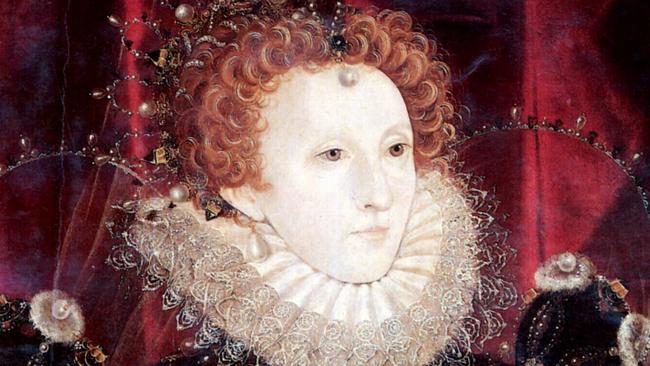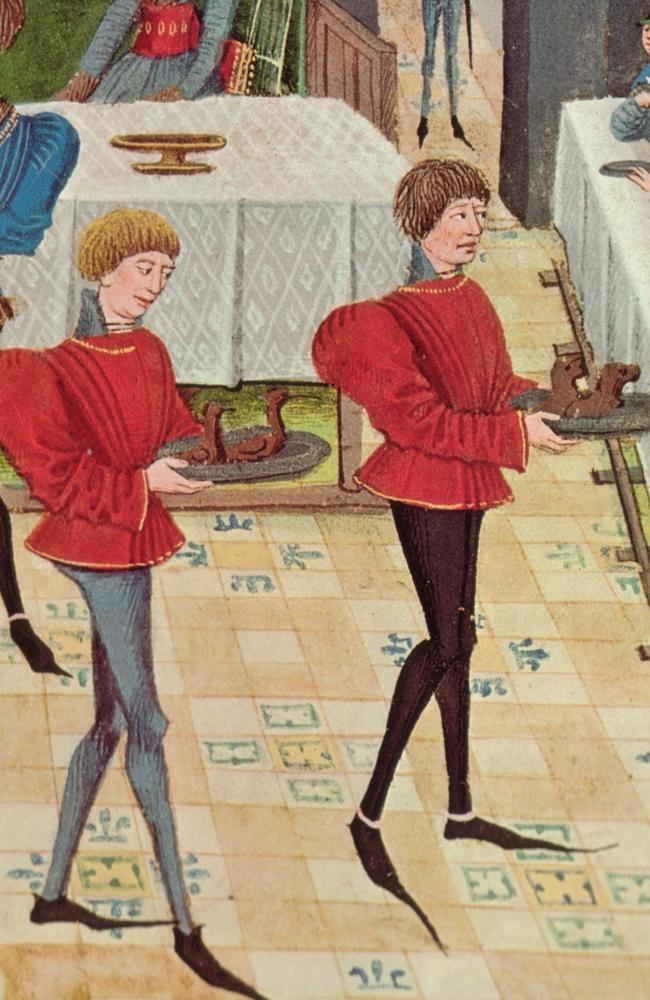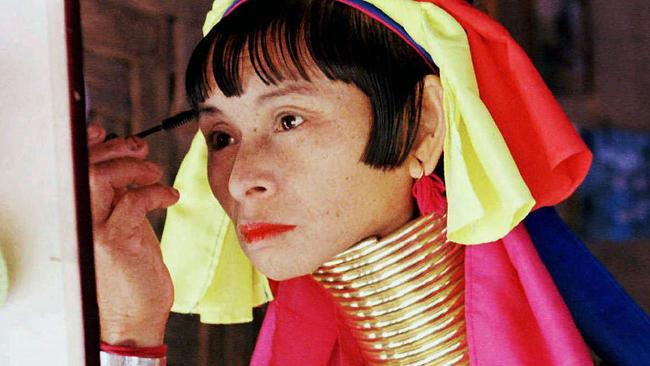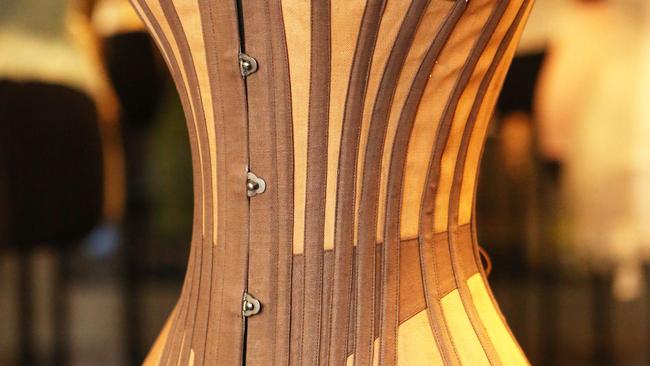No skirting around the extremes of fashion
From wax headwear to shoes with 50cm-long toes, we’ve always had some strange ways of keeping up with fashion.

Today in History
Don't miss out on the headlines from Today in History. Followed categories will be added to My News.
Wearing pyjamas to a high-end fashion event may sound like a faux pas but, as Daily Telegraph reporter Jonathon Moran proved this week, it can also be a triumph. Moran wore a set of suitjamas — inspired by the suit-style PJs worn by Barney on How I Met Your Mother — to a fashion show and barely raised an eyebrow. Some even complimented his choice of garb.
In a strange trend of late, celebrities and fashionistas have been wearing high fashion versions of sleepwear as evening wear and streetwear. It is certainly an odd fashion statement, but by no means the most bizarre in history.
For that go back to ancient Egypt where noble women wore wax cones on their head. The cones were more than a fashion accessorys. As the wax melted in the heat it released a fragrance which masked any other odours.
Egyptian men were not immune from odd fashion statements either. Wealthy or influential men wore long white kilts (schenti) that were stiffened with starch and stuck out in front by as much as a metre and were impractical for any physical work. This was meant to show that the man was a high official who didn’t need to labour but the outfit was probably also impractical for sitting, walking and socialising.
Medieval women were big on sleeves, literally. From the 11th to the 13th centuries in Europe, noble women wore dresses known as bliauts, with long sleeves that often draped to the floor. The sleeves were meant to be terribly romantic and emphasised graceful arm movements, but they made it hard to do anything practical and were a tripping, tangling and fire danger.
In the 13th century people wore very silly pointy toed boots dubbed crakows, or poulaines (meaning polish), because they were thought to have come from Cracow in Poland. Initially the points only extended a few centimetres beyond the toe but over time men tried to outdo each other with longer toed boots extending 50 or more centimetres.

Some had to be stiffened with whalebone, while others tied the tip to a piece of string that was then tied below the knee so that the shoes wouldn’t get in the way of walking. Some men were forced to cut off the toes of their crakows after having difficulty running away from assassins or invaders. Knights wearing pointy metal toed armour also later cut off the points because they were impractical on the battlefield.
In 1367 Pope Urban V banned commoners from wearing the shoes and limited the length of those worn by nobles, some even blamed the evil shoes for a recurrence of the plague and in 1475 England’s King Edward IV also banned shoemakers from exceeding a specified length. The trend died but occasionally less excessively pointy shoes still come back to haunt us.

The discovery of a practical method of making starch to stiffen collars in the 16th century sparked big fashion trend. The collars, known as ruffs, became larger and increasingly elaborate. Some portraits of the time show subjects with multiple layers of stiffened lace, some with jewels, none looking terribly comfortable. The trend died out after the reign of Elizabeth I, a serial offender in the ruff fashion stakes.
But the ruff was nothing compared to the neck adornments of the Padaung people of Burma, a fashion trend dating back centuries that Europeans only discovered during the age of exploration from the 16th century.
From a young age Padaung girls had large brass rings added to their necks one by one, depressing the clavicle and appearing to make the neck longer, which is meant to make them more attractive to suitors. The rings weaken the muscles in the neck and serious complications can result from them being removed. Explorers often brought back women from Burma to show them off to royalty or displayed them in travelling shows as “giraffe neck women.” The neck ring practice continues today in Burma but didn’t catch on in Europe.


While Europeans remarked on the strangeness of things like the Padaung neck rings and the stretched lips of South Americans, Africans and Pacific Islanders who inserted increasingly large plates, they were also modifying their bodies with fashion.
Punishing corsets in the 18th and 19th centuries were designed to squeeze the waist down to an hourglass shape. Women fainted because they could not breath properly and in some cases sustained internal damage.
To this Europeans added crinoline, or hooped skirts, some of which were so big that there were reports of women being blown off bridges and buildings by gusts of wind.
There were also instances of women having trouble fleeing burning buildings, being hindered by their huge skirts.



